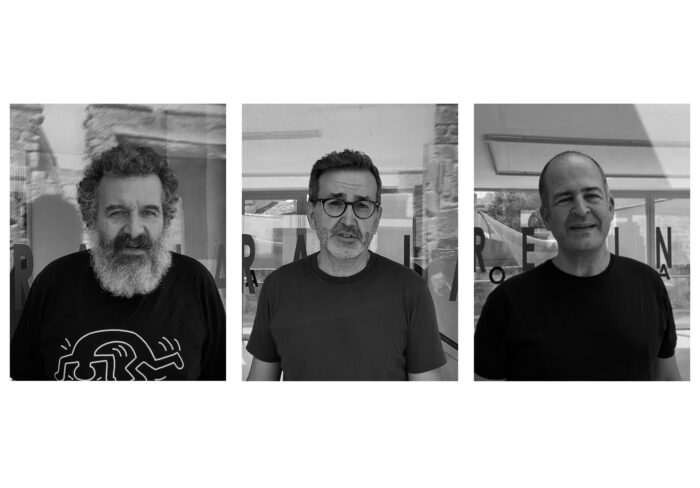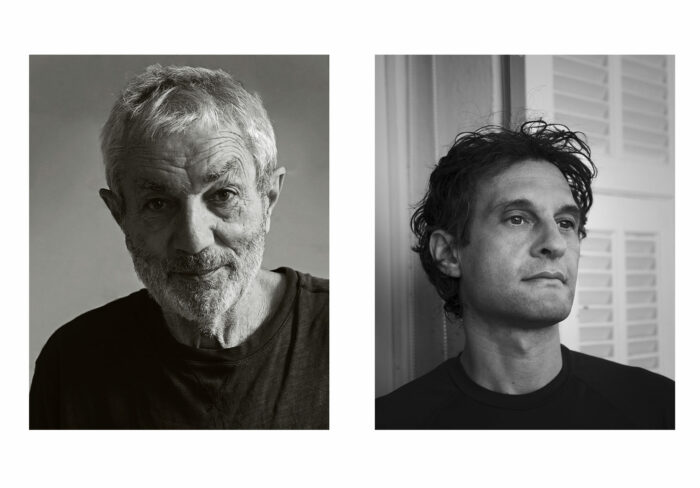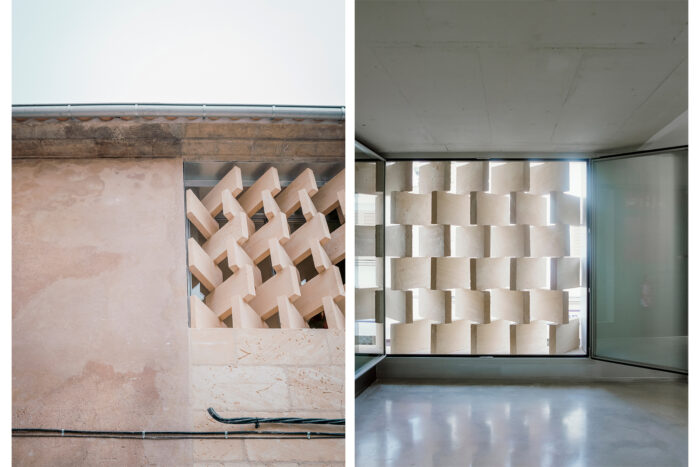This website uses cookies so that we can provide you with the best user experience possible. Cookie information is stored in your browser and performs functions such as recognising you when you return to our website and helping our team to understand which sections of the website you find most interesting and useful.
Agustí Obiol In Memoriam – October 22, 2024 – ETSAB Ceremony
“The relationship between knowledge and action, in this case, between science and art. I will explain two of my own projects where Agustí Obiol’s role was central, where structure and form interact in a direct way, highlighting this relationship between knowledge and creation; a relationship essential to the practice of our discipline.”
“La relación entre conocimiento y acción, en este caso entre ciencia y arte. Explico dos proyectos propios en donde el papel de Agustí Obiol fue central, en donde estructura y forma interaccionan directamente, señalando esta relación entre conocimiento y creación; necesaria para la práctica de nuestra disciplina.”
Article written by Josep Lluís mateo, La Vanguardia, November 2023
With pain and surprise, we learned of the death of Agustí Obiol, an outstanding scientist, teacher and professor of Structures, but also active in the world of practical architecture, being a fundamental collaborator in numerous recent and emblematic works of our environment.
Architecture, we know, is composed of ideas that are built with matter. An essential part of this materialization comes from its structure, from its support. In this sense, and our tradition has historically understood this, the resistant structure of our objects is a central part of matter. The interconnection of the structure, a physical and mathematical problem, with the logic of the project requires constant interaction and dialogue between both aspects to achieve a direct, logical, functional and beautiful interweaving. Agustí Obiol played a fundamental role in this interaction, thanks to his high theoretical and scientific level, as well as the harmony he showed with architecture in its purest form.
Our culture, and the city of Barcelona in particular, from democracy until after the Forum, set out to build new architectural objects, with uses and scales different from the continuous residential expansion that had characterized the city’s growth for a long time. Thinking and building these objects was largely the work of Agustí and his partners (Brufau and Moya) in the period between 1985 and 2005. Some examples would be the following:
- The Agbar Tower, a new singular object that dialogues in a metaphorical way with Antoni Gaudí’s Sagrada Familia (representing another example of the formal use of structure in the project, in line with a local tradition).
- The renovation and consolidation of the Palau Nacional, originally conceived as a temporary building for the ’29 exhibition, which had to be completely refurbished to fulfill its new and now permanent functions.
- Other new objects such as the City of Justice, the reuse of the Plaza de Toros de las Arenas, the International Convention Center of Barcelona, which contributed to shape the new city.
Agustí and his team were by the architect-designer’s side, and therefore owe him a good part of their essence.
In these moments of sadness, we remember the figure of Agustí not only for his knowledge, but also for his innate capacity for empathy and humanity that we will miss.
Rest in peace.
Artículo escrito por Josep Lluís Mateo, La Vanguardia, Noviembre 2023
Con dolor y sorpresa, conocimos la desaparición de Agustí Obiol, un destacado científico, docente y catedrático de Estructuras, pero también activo en el mundo de la arquitectura práctica, siendo un colaborador fundamental en numerosas obras recientes y emblemáticas de nuestro entorno.
La arquitectura, sabemos, se compone de ideas que se construyen con la materia. Una parte esencial de esta materialización proviene de su estructura, de su soporte. En este sentido, y nuestra tradición así lo ha entendido históricamente, la estructura resistente de nuestros objetos es una parte central de la materia. La interconexión de la estructura, un problema físico y matemático, con la lógica del proyecto requiere una interacción y diálogo constantes entre ambos aspectos para lograr una imbricación directa, lógica, funcional y bella. Agustí Obiol desempeñó un papel fundamental en esta interacción, gracias a su alto nivel teórico y científico, así como a la sintonía que mostraba con la arquitectura en su forma más pura.
Nuestra cultura, y la ciudad de Barcelona en particular, desde la democracia hasta después del Fórum, se propuso construir nuevos objetos arquitectónicos, con usos y escalas diferentes a la continua expansión residencial que había caracterizado el crecimiento de la ciudad durante mucho tiempo. Pensar y construir estos objetos fue en gran medida el trabajo de Agustí y sus socios (Brufau y Moya) en el periodo comprendido entre 1985 y 2005. Algunos ejemplos serían los siguientes:
- La Torre Agbar, un nuevo objeto singular que dialoga de manera metafórica con la Sagrada Familia de Antoni Gaudí (representando otro ejemplo del uso formal de la estructura en el proyecto, en consonancia con una tradición local).
- La renovación y consolidación del Palau Nacional, originalmente concebido como un edificio temporal para la exposición del 29, que tuvo que ser completamente rehabilitado para cumplir con sus nuevas funciones ya permanentes.
- Otros nuevos objetos como La Ciudad de la Justicia, la reutilización de la Plaza de Toros de las Arenas, El Centro de Convenciones Internacional de Barcelona, que contribuyeron a dar forma a la nueva ciudad.
Al lado del arquitecto diseñador se encontraban Agustí y su equipo, y por tanto le deben buena parte de su esencia.
En estos momentos de tristeza, recordamos la figura de Agustí no solo por sus conocimientos, sino también por su capacidad innata de empatía y humanidad que echaremos de menos.

MAAG-AREAL tower, Zürich

Agustí Obiol. 1953-2023



